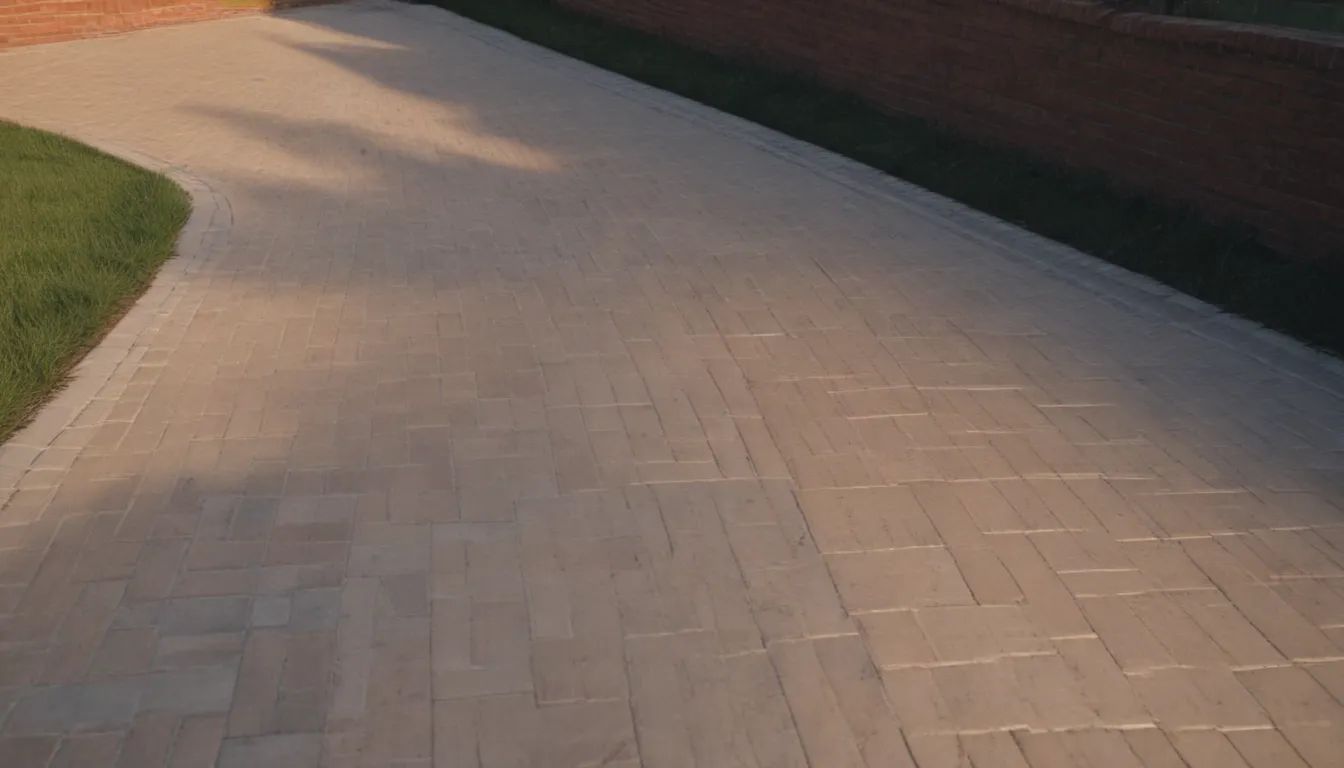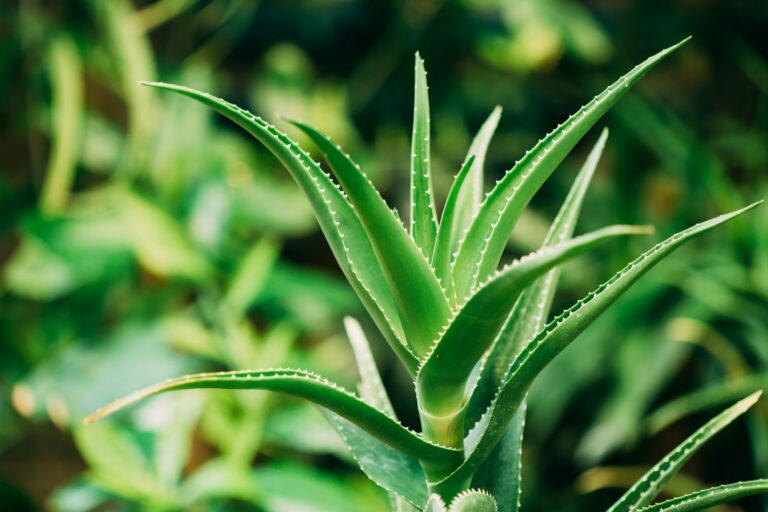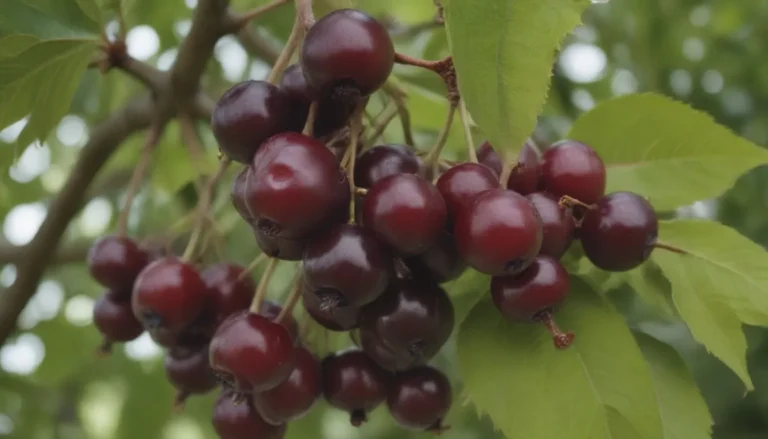The Ultimate Guide to Choosing Between Clay Brick and Concrete Pavers for Your Driveway

When it comes to creating a stunning driveway, the decision between using clay brick pavers or concrete pavers can be a tough one. Both options offer durable and aesthetically pleasing surfaces for your home, but there are differences to consider. In this comprehensive guide, we will delve into the key factors to help you make an informed decision on whether clay brick or concrete pavers are the right choice for your driveway.
What Are Pavers?
Pavers, also known as paving stones, are versatile building materials used to create surfaces for driveways, walkways, patios, and more. They are typically made from materials such as brick, concrete, or natural stone. Clay brick pavers are manufactured by casting clay into forms and heat curing them, while concrete pavers are made from Portland cement and aggregate. Natural cobblestones are quarried stones cut into paver shapes.
Clay Brick Pavers vs. Concrete Pavers
Clay brick pavers exude a classic and timeless charm that can add significant value to your home. With a history spanning thousands of years, clay brick has been a popular choice for paving surfaces due to its durability and aesthetic appeal. On the other hand, concrete pavers offer versatility in terms of shapes, sizes, and colors, but generally have a shorter lifespan compared to clay bricks.
Pros and Cons Comparison
Clay Brick Pavers
- Attractive classic appearance
- Durable material
- Easy repairs
- Adds more home value
Concrete Pavers
- Versatile in shapes and sizes
- Various color options
- Generally more affordable than clay brick
- Shorter lifespan compared to clay brick
Cost Considerations
While clay brick pavers are slightly more expensive than concrete pavers, the costs can vary depending on the design complexity and type of bricks used. Recycled bricks may offer a sustainable option but can increase installation costs due to additional care needed during laying. Natural stone or cobblestone pavers can be significantly pricier, with costs potentially reaching up to $50 per square foot.
When considering the overall cost of your driveway project, it’s essential to factor in not only the material cost but also installation costs, maintenance requirements, and longevity of the chosen pavers.
Tip:
- Consider the long-term savings and benefits of using high-quality materials that require less maintenance and have a longer lifespan.
Durability and Maintenance
Both clay brick and concrete pavers are susceptible to cracking and loosening over time, requiring periodic maintenance to ensure longevity. While clay bricks are known for their durability and resistance to staining, concrete pavers can be engineered to be harder and more durable. Proper maintenance such as sealing and periodic cleaning can significantly extend the lifespan of your driveway.
Sealants
- Sealants for clay bricks and concrete pavers help prevent erosion, color fading, stains, and weed growth.
- Reapply sealants every three to five years to maintain the longevity of your driveway.
Repairs
- Cracked or damaged pavers can be easily replaced.
- Repair compounds such as mortar, epoxy sealers, or polymeric sand can be used to fix cracks or loose pavers.
Design Options and Installation Steps
Clay brick pavers offer a classic and traditional look, while concrete pavers provide a range of design options in terms of shapes, sizes, and colors. When installing brick pavers, it’s crucial to prepare a well-compacted base for a stable and long-lasting surface. Here are the steps involved in laying brick pavers:
- Decide on the Base: Choose between paver sand or mortar.
- Outline the Area: Define the area to be paved.
- Excavate: Remove soil to a depth of at least 12 inches.
- Add Gravel Layer: Compact layers of gravel.
- Add Sand Layer: Level the sand.
- Lay Down Brick Pavers: Arrange pavers in desired pattern.
- Set and Level Pavers: Flatten and set pavers using a mallet and roller.
- Fill Cracks Between Pavers: Use sand or mortar to fill gaps.
Tip:
- Consider using environmentally-friendly sand-setting methods to allow water to seep through the surface.
Sourcing Brick Pavers
Due to their weight and manufacturing process, brick pavers are often sourced locally from brickyards. While there are no nationally-recognized brands for brick pavers, it’s essential to purchase from a reputable and established local supplier to ensure quality and authenticity.
Conclusion
In conclusion, the choice between clay brick and concrete pavers for your driveway ultimately depends on your preferences, budget, and maintenance capabilities. Clay brick pavers offer a timeless appeal and durability, while concrete pavers provide versatility in design and affordability. Whichever option you choose, proper installation and maintenance are key to ensuring a beautiful and long-lasting driveway for your home.
With this comprehensive guide, you now have the knowledge and understanding to make an informed decision on whether clay brick or concrete pavers are the right choice for your driveway project.
Remember, the key to a successful driveway project lies in choosing the right materials, following proper installation procedures, and maintaining your pavers regularly to enjoy a beautiful and functional driveway for years to come.





